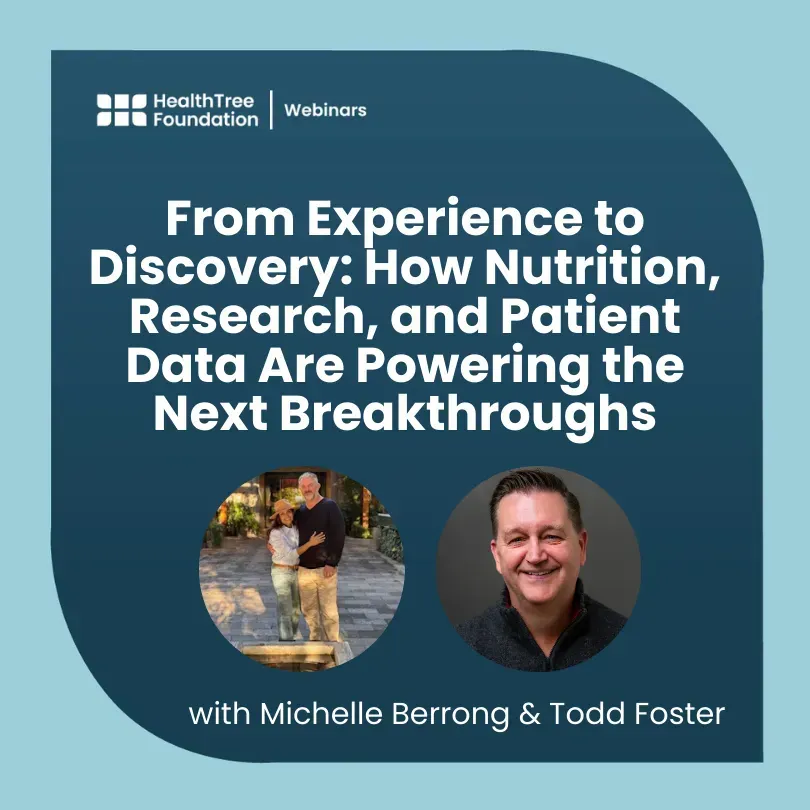The Power of Recovery

The joy of being a Physical Therapist is to trust and share in the miracle of healing. Recovery from cancer and the treatments that comes with it can happen slowly. As a clinician and a myeloma patient, I know how difficult it can be. Just a few months before diagnosis, I thought I was in great shape. Working as a physical therapist, running and taking care of my family and elderly parents. After my stem cell transplant, I was so weak, I could not climb the stairs to my bedroom. Even taking a shower and getting dressed seemed like climbing a mountain. Luckily, I had years of rehab experience and knew I would get better. Don’t let the delay get you down. The most important thing is to begin. Start with a walk or if you don’t feel steady, try squats with a chair behind you. If your knees don’t like squats, try marching in place holding on to your kitchen counter. I did not feel steady so it was a stationary bike for me. I just plugged my phone into the Myeloma Crowd Radio Show, sat on the bike, and off I went. Jenny Ahlstrom, our founder, interviews myeloma specialists and it’s a great way to learn about this complex disease at. Soon enough I had gotten a great education and was biking for an hour.
The marathon of being a myeloma patient includes weekly/monthly recovery from the regular treatments and chemotherapy. I have found hydration to be a key issue for recovery, especially the day before, day of, and day after chemotherapy. I set up my “drinking agenda” in the morning in glass jars so I don’t forget. I kick off with a cup of coffee, then hot tea or an herbal ice tea, water flavored with either lemon, ginger, watermelon, or some other fruit, maybe a Body Armor, a club soda, light tonic water, or regular water. When they are set up and ready to go, I am more likely to stick with them. I use 12-24 oz jars. It seems to really help reduce muscle cramping. The other key activity I do in conjunction with chemotherapy is to walk it off. Try to walk for at least 30 minutes, before or after, inside or outside, up or downstairs, anywhere you can. Truthfully, some days are pretty slow, but by the time I finish, I always feel and sleep better. Another part of regular recovery is fighting fatigue, see some great tips here in an article on fighting fatigue with low-intensity exercise.
You can feel better when you eat better so diet is a part of my recovery. It is easier to set up meals on a steroid day since I am juiced up and feel like slicing and dicing. I make and freeze soup in portion sizes so an easy dinner is ready to go. I make a bowl of colorful salad the day before chemo so it is ready for the next day or so. I am trying to stick with a mostly plant-based diet, see a more detailed summary about that in this article by Audrey Burton-Bethke.
Be optimistic about recovery. Recovery may come slowly but remember the Myeloma Crowd is here to help with education, support, treatment options, and clinical studies. Personalized, one on one support can also be found in a Myeloma Coach. Myeloma Coaches are patients or caregivers who volunteer their time to share their personal experiences and resources to help others. The Coach program is free and open to anyone living with or caring for someone with myeloma. If you have myeloma and would like to share what you've learned consider joining our team of Coaches. Initial and ongoing training and support is provided. Your experience and support can make a difference!
The joy of being a Physical Therapist is to trust and share in the miracle of healing. Recovery from cancer and the treatments that comes with it can happen slowly. As a clinician and a myeloma patient, I know how difficult it can be. Just a few months before diagnosis, I thought I was in great shape. Working as a physical therapist, running and taking care of my family and elderly parents. After my stem cell transplant, I was so weak, I could not climb the stairs to my bedroom. Even taking a shower and getting dressed seemed like climbing a mountain. Luckily, I had years of rehab experience and knew I would get better. Don’t let the delay get you down. The most important thing is to begin. Start with a walk or if you don’t feel steady, try squats with a chair behind you. If your knees don’t like squats, try marching in place holding on to your kitchen counter. I did not feel steady so it was a stationary bike for me. I just plugged my phone into the Myeloma Crowd Radio Show, sat on the bike, and off I went. Jenny Ahlstrom, our founder, interviews myeloma specialists and it’s a great way to learn about this complex disease at. Soon enough I had gotten a great education and was biking for an hour.
The marathon of being a myeloma patient includes weekly/monthly recovery from the regular treatments and chemotherapy. I have found hydration to be a key issue for recovery, especially the day before, day of, and day after chemotherapy. I set up my “drinking agenda” in the morning in glass jars so I don’t forget. I kick off with a cup of coffee, then hot tea or an herbal ice tea, water flavored with either lemon, ginger, watermelon, or some other fruit, maybe a Body Armor, a club soda, light tonic water, or regular water. When they are set up and ready to go, I am more likely to stick with them. I use 12-24 oz jars. It seems to really help reduce muscle cramping. The other key activity I do in conjunction with chemotherapy is to walk it off. Try to walk for at least 30 minutes, before or after, inside or outside, up or downstairs, anywhere you can. Truthfully, some days are pretty slow, but by the time I finish, I always feel and sleep better. Another part of regular recovery is fighting fatigue, see some great tips here in an article on fighting fatigue with low-intensity exercise.
You can feel better when you eat better so diet is a part of my recovery. It is easier to set up meals on a steroid day since I am juiced up and feel like slicing and dicing. I make and freeze soup in portion sizes so an easy dinner is ready to go. I make a bowl of colorful salad the day before chemo so it is ready for the next day or so. I am trying to stick with a mostly plant-based diet, see a more detailed summary about that in this article by Audrey Burton-Bethke.
Be optimistic about recovery. Recovery may come slowly but remember the Myeloma Crowd is here to help with education, support, treatment options, and clinical studies. Personalized, one on one support can also be found in a Myeloma Coach. Myeloma Coaches are patients or caregivers who volunteer their time to share their personal experiences and resources to help others. The Coach program is free and open to anyone living with or caring for someone with myeloma. If you have myeloma and would like to share what you've learned consider joining our team of Coaches. Initial and ongoing training and support is provided. Your experience and support can make a difference!

about the author
Beth Travis
Beth is a licensed Physical Therapist that truly believes in the benefits of exercise. Mother of two, a myeloma patient and advocate with a love of learning, healthy lifestyles and food adventures.
More on Navigating Your Health
Trending Articles
Upcoming Events




Get the Latest Multiple Myeloma Updates, Delivered to You.
By subscribing to the HealthTree newsletter, you'll receive the latest research, treatment updates, and expert insights to help you navigate your health.
Together we care.
Together we cure.
3x Faster.











